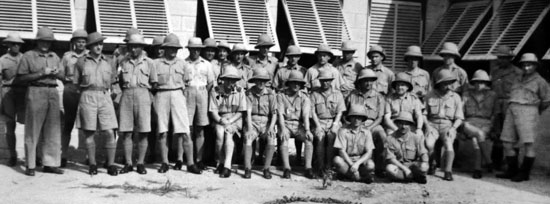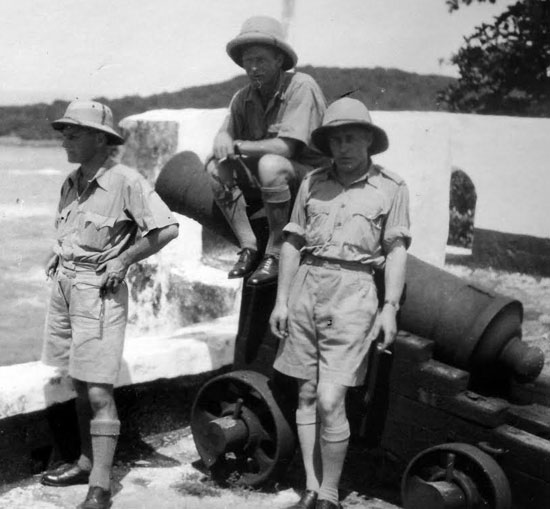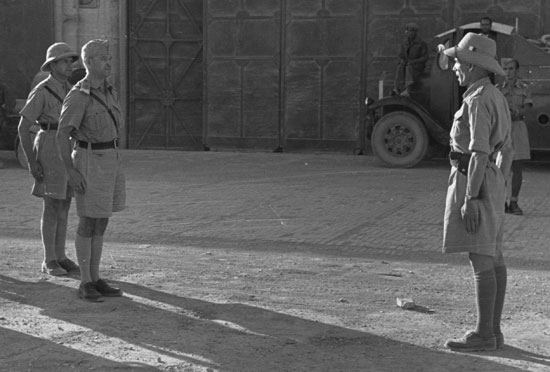
As we have previously noted many nations that had no colonial empires had soldiers don sun/pith helmets at various times. One of the more unique examples of this is Poland – a nation that didn’t even exist as an independent land for almost 150 years.
After achieving independence in 1918 and fending off an invasion by the Soviets in 1920 the nation of Poland was again occupied by invaders again in 1939. With the nation occupied by the Germans – as well as the eastern portion of the nation essentially annexed by the Soviet Union – many Poles fled to Great Britain to continue the fight to liberate their nation. The terms of the Allied Forces Act 1940, which was an Act of Parliament passed in late 1940, gave legal authority for the recognized sovereign governments of Belgium, Czechoslovakia, the Netherlands, Norway and Poland – all of which were under German occupation – to raise, equip and maintain independent armed forces on British soil.
These Polish soldiers eventually formed the 3rd Carpathian Rifle Division, and headed to the Middle East where they joined Free French soldiers in liberating pro-Vichy French Syria and Lebanon. This Division later served with General Montgomery’s Eight Army in North Africa, and throughout this campaign was outfitted in British tropical uniforms and sun helmets.

Members of the Polish Detachment RAF Takoradi early 1941
Based on previously unpublished photos from the Polish archives it appears that a variety of sun helmet patterns were used including the Wolseley and the Standard Pattern, yet the bulk of Polish troops may have been issued the khaki sola pith (KSP) hat.
This pattern was used in semi-official capacity in India and Burma in the late 1890s and officially replaced the Wolseley in India in 1938, while the Wolseley did remain in production in the UK throughout the war. The KSP hat was widely used in North Africa and the Middle East during World War II by British and Commonwealth forces and as noted by period photos from the Polish archives by members of the 3rd Carpathian Rifle Division as well as Polish Detachment at RAF Takoradi (Ghana) in early 1941.

A close up shows the Polish helmets with red/white flash on the left side of the helmet.
What denotes the fact these helmets were used by Polish soldiers is the attachment of a flash on the left hand side. The Polish helmet flash appears to have been a basic white/red band that measured no more than an inch high and no more than two inches long. It was clearly based on the Polish flag, but differs from most Polish shoulder flashes, which have the word “Poland” in red letters. It isn’t clear where, when or how many of these flashes were in use and this author has only encountered one helmet that actually had such a flash.
Some sources have suggested that Polish sun helmets could have been adorned with the eagle insignia that was on Polish caps and even on some British-made steel helmets, but photographic evidence would argue against this being a standard practice.
These photos showcase what could be one of the rarest sun helmets of the Second World War.





Special thanks to Robert Gretzyngier, and the Polish Institute and General Sikorski Museum for supplying us with these previously unpublished photos.
